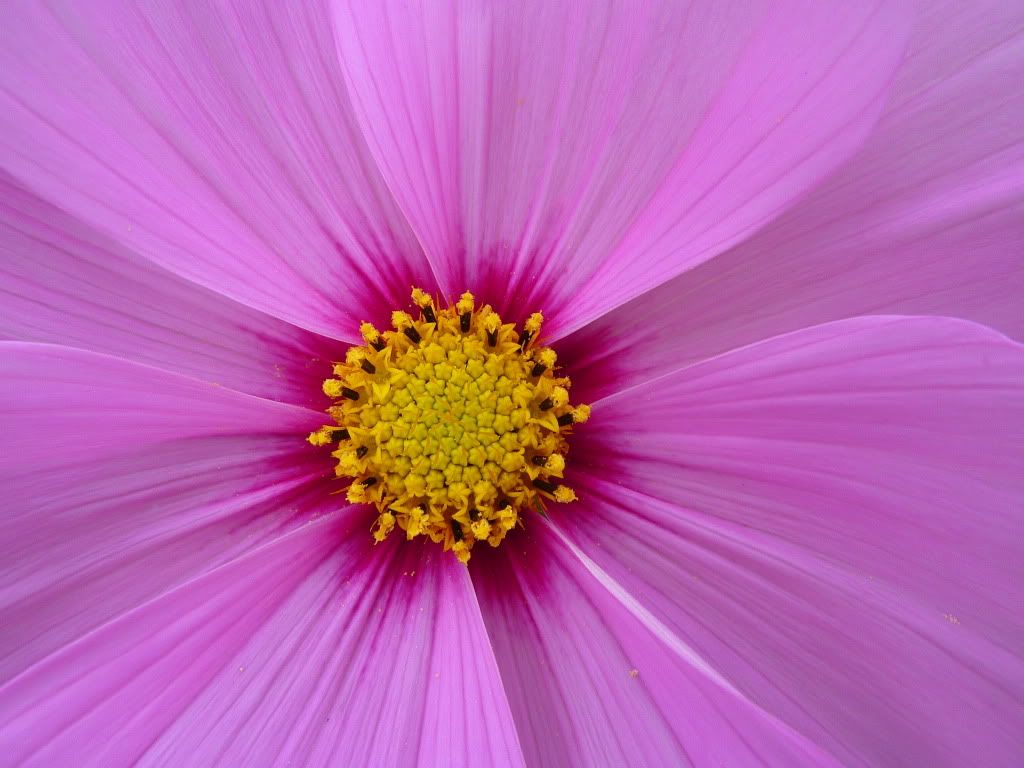
This is one of my absolute favourite photos. And one of my less original post titles, oops. The disadvantage of the way I post pictures on this blog is that they're all teeny so you don't get to appreciate the clarity of the photo at full resolution. I originally intended to put them all up on flickr and then cross post them here, but a) it seemed like effort and b) I managed to lock myself out of my flickr account (genius, I know).
I am considering adding some of the photos to posts at full size under a cut, if I can work out how to do it, and this is a prime candidate! No clue what kind of flower it is, though. A pink one?
I did consider using it as my desktop background, but it would mean ousting two very charming narwhals, to whom I am very attached. Did you know that the narwhal's tusk is actually a tooth which grows right through the top lip of the male narwhals? Some of them even have two.
National Geographic's website does the classic "size of whale compared to a bus" analogy on all its whale pages (a humpback is the size of one large bus; a blue whale about three buses; a narwhal less than one bus). Why is it that whales are always compared to buses? It seems strange that "a bus" has become an informal unit of measurement for sea mammals.(And dinosaurs). How did this begin? Why the relentless association with buses? Why not a train? or a tank? or a herb garden? Has anyone found the first instance in which a whale was compared in size to a bus? And how does it work across national boundaries? A London double-decker bus seems to be the standard measurement in the UK, but judging by the pictures on Nat Geo's website, they're using an American yellow school bus. These buses are different sizes. Is this accounted for in the comparison? Will we ever know?
No comments:
Post a Comment